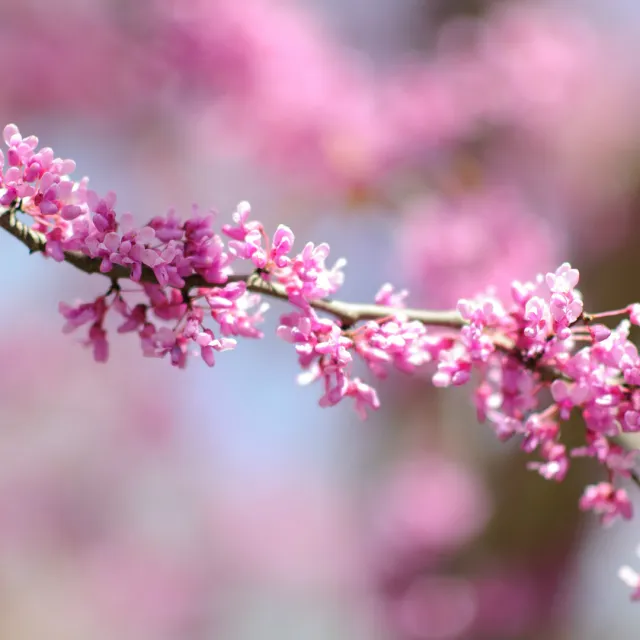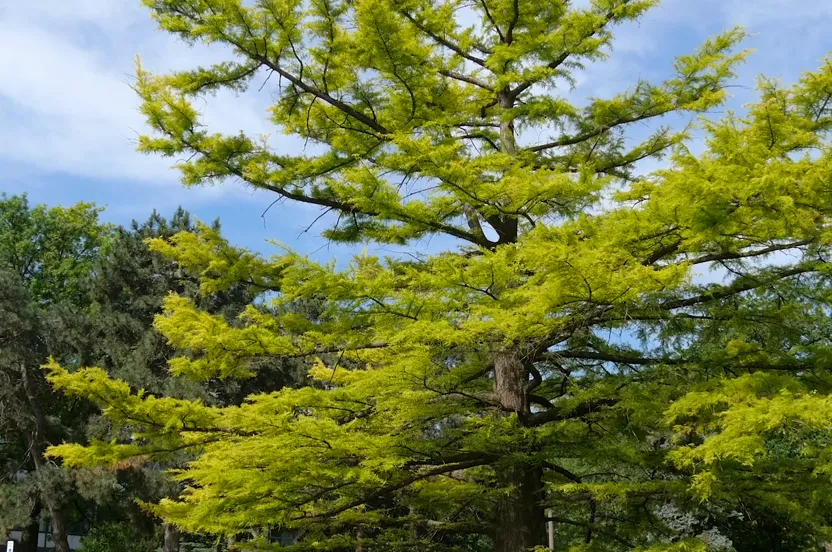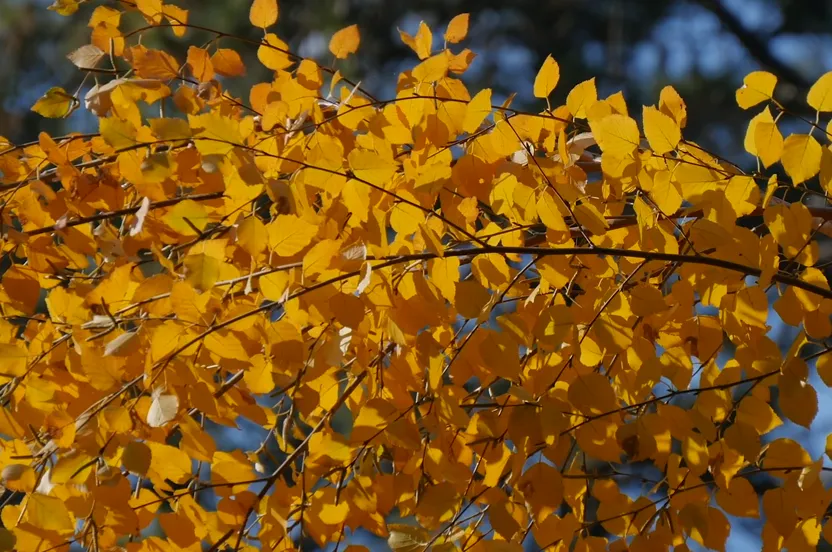Now live: The 2025 Canopy Report. Learn how Americans see trees. GET THE REPORT

Cercis canadensis
Historic Redbud Beauty
First cultivated in 1811, the Spaniards noted Redbuds and made distinctions between the New World species and their cousins in the Mediterranean region in 1571. George Washington reported in his diary on many occasions about the beauty of the tree and spent many hours in his garden transplanting seedlings obtained from the nearby forest.
Unique and irregular branching patterns combine with a trunk that commonly divides close to the ground to create a very handsome, spreading and often flat-topped crown. Even in winter, covered with snow, the eastern redbud is stunning.
Environmental Conditions
Does well in wide range of soils including acidic, alkaline, clay, moist, well drained, deep, loamy soils (hardiness zones 4-9).
Medium growing tree, growing up to two feet a year and reaching 20-30 feet at maturity.
Does well in full sun and partial shade.
Physical Attributes
Blooms pink-reddish flowers in the spring.
Has reddish-purple leaves, changing to dark green and then yellow. Leaves form after the flowers bloom.
Produces a brown pod with seeds that are popular with birds.


